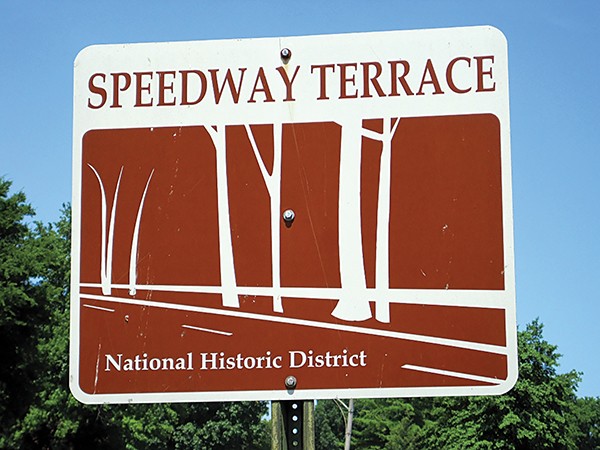After months of delay, Cooper-Young and Speedway Terrace residents’ time in historic district limbo may be coming to an end.
The Memphis City Council voted to approve both neighborhoods’ historic overlay status earlier this year, but held the minutes pertaining to each until an ordinance with clearly defined guidelines could be drafted.
Now, the new ordinance making rules for historic districts more standardized is set for its third and final reading before the council on Tuesday.
The ordinance will make a few key changes in the process to become an historic district, as well as to the guidelines that govern established districts, Councilman Kemp Conrad, its sponsor, said.
The new law creates a threshold to apply for historic designation, something Conrad said was never in place before. It also defines what can be demolished within historic districts.

The ordinance might also shake up the structure of the Memphis Landmarks Commission, the nine-member body that currently reviews matters in historic districts. Two home builders are to be appointed to the commission, as Conrad said “it makes sense the industry is represented.”
“Before Cooper-Young, it had been a long time since we’ve designated new historic districts,” Conrad said. “And the ones that recently came before us include thousands of acres and hundreds of properties. We needed to make sure some thought went into it because you are giving up property rights to another group of people.”
The new ordinance is “a document that everyone likes,” something Conrad said he didn’t think was possible. It’s important to preserve history, but the regulations to do that “can’t be too stringent.”
“We have to have infill development and growth,” Conrad said. “It’s about finding the balance.”
Justin Gillis, a member of the Speedway Terrace Neighborhood Association, somewhat agrees, calling the final draft of the ordinance a “reasonable, well-thought-out compromise.”
“It was frustrating, it was ugly, and it was sausage-making politics at its best,” Gillis said. “But it turned out okay.”
Gillis along with leaders from other neighborhoods met with Conrad, representatives from the West TN Builders Association, and others to create the ordinance.
“Initially residents were at odds with the builders,” Gillis said. “But we were able to give and take to reach a consensus that is promising and works well for everyone.”
Robert Hatfield, with the Cooper-Young Community Association, said the ordinance may not be perfect, but he is ready for the “perpetual uncertainty” to end.
“At the end of the day, we are stuck between a rock and hard place,” Hatfield said. “In order to get permanent designation for the neighborhood, the ordinance has to pass. We just need to get it passed even though it may not be everything that we want it to be.”
Since state law says “sufficiently pending” legislation should be applied as law, Cooper-Young and Speedway Terrace have been operating as historic districts since approved. Hatfield said the Landmarks Commission has already made some good decisions: “We can already see the benefit.”
“I hope the efforts of the neighborhoods aren’t hurt or damaged, and I hope we don’t lose this tool to preserve our neighborhood,” Hatfield said.